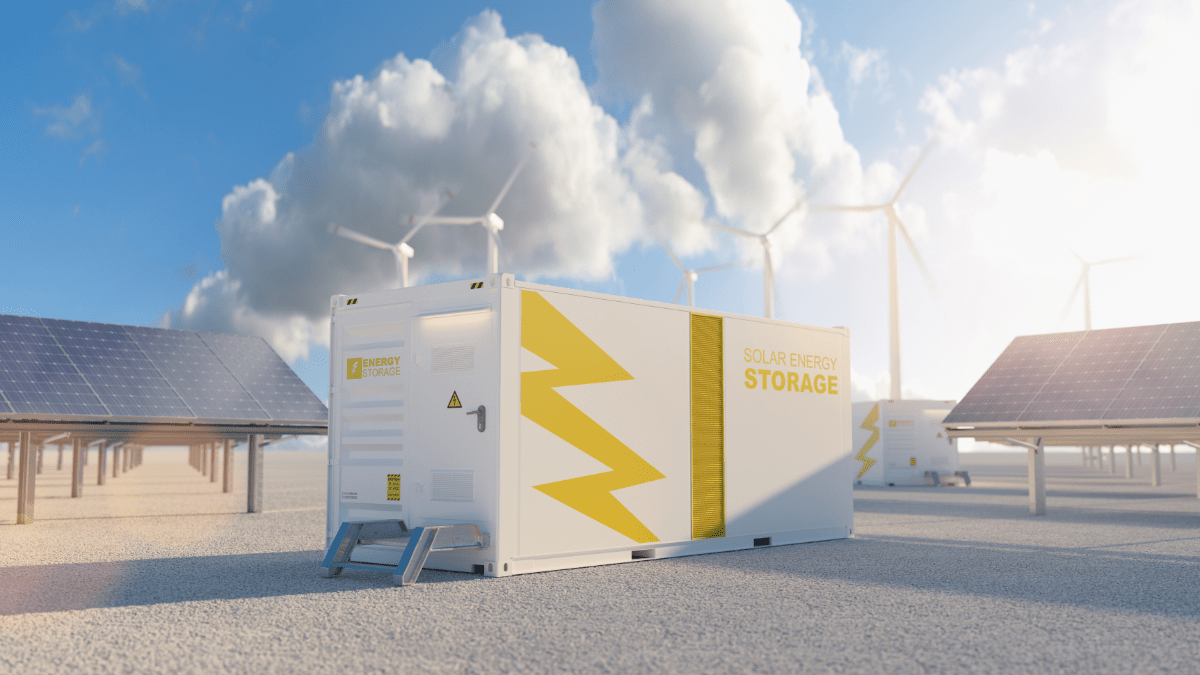AMEA Power Launches Egypt’s First 300 MWh Battery Storage System
Egypt’s clean energy landscape takes a historic leap forward as AMEA Power commissions the nation’s first utility-scale battery storage system. This 300 MWh lithium-ion facility, completed ahead of schedule, marks a pivotal moment for North Africa’s renewable energy sector and sets new standards for solar performance in harsh desert climates.
Why This Storage Milestone Matters
While battery energy storage systems (BESS) aren’t new, Egypt’s rapid deployment at this scale demonstrates how quickly the technology is evolving. The facility uses advanced lithium iron phosphate (LFP) chemistry – similar to Tesla’s Megapacks – specially engineered for extreme temperatures exceeding 45°C.
Grid Stability Breakthrough
The system’s true value lies in its ability to store solar energy during peak production and dispatch it during evening demand spikes. This transforms intermittent renewables into reliable baseload power, addressing Egypt’s critical need for grid flexibility.
Economic and Operational Benefits
Key advantages driving Egypt’s storage adoption:
- Time-of-use tariffs premium for evening power
- Reduced fossil fuel dependence during peak hours
- New local expertise in BESS maintenance
The Ripple Effect
The project’s success is catalyzing broader changes, including updated grid standards and workforce training programs. Similar to India’s solar EPC growth, this initiative is creating a domestic ecosystem for energy storage technology.
What’s Next for Egyptian Energy Storage?
Industry analysts predict several developments following this landmark project:
- Expansion of solar-plus-storage tenders
- Emergence of localized manufacturing
- Policy reforms to accelerate storage adoption
With the system already exceeding performance targets, Egypt’s renewable ambitions appear more achievable than ever – a promising sign for emerging markets worldwide.






